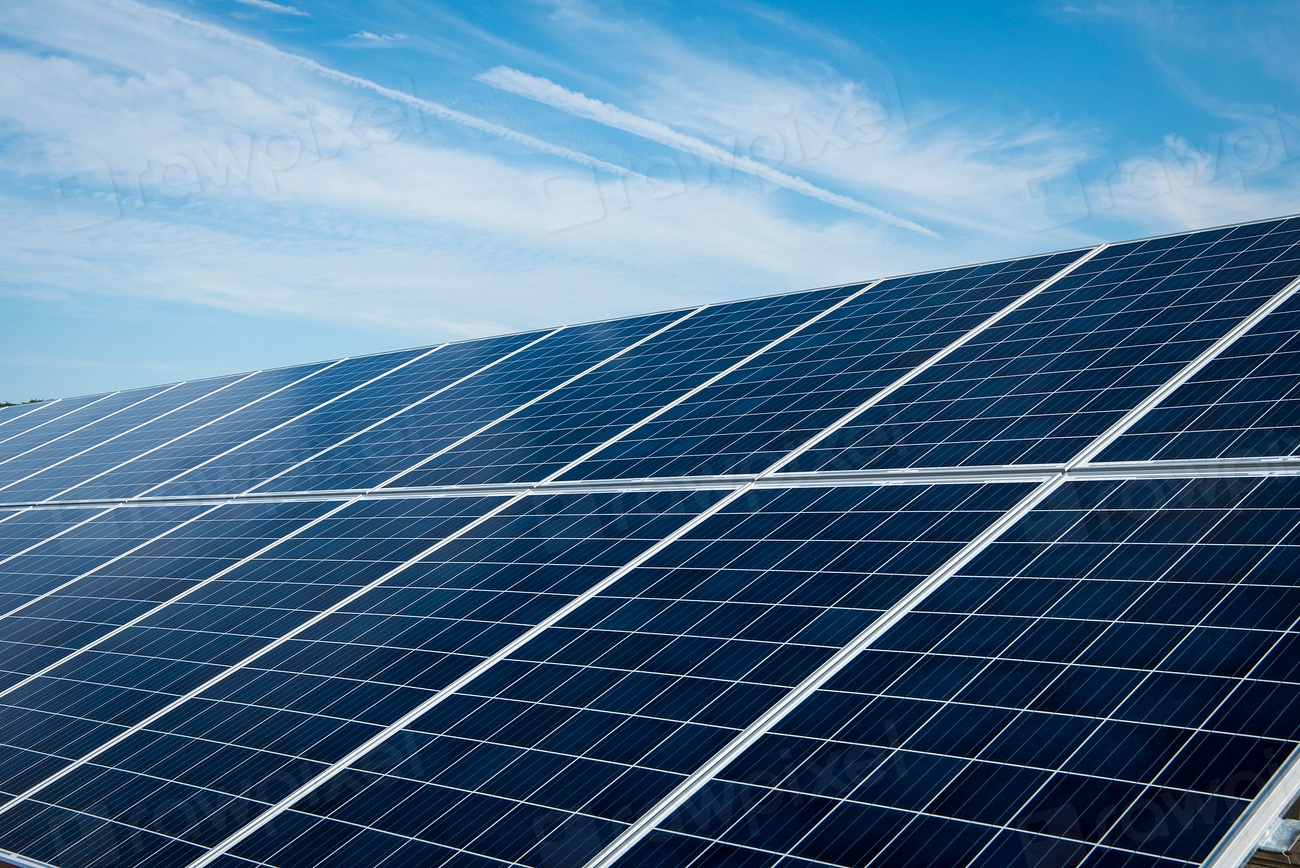
SoCal Edison Wants More Money – Here’s What’s Happening With Your Electric Bill
If you’ve been wondering why your electricity bill keeps going up, there’s some important stuff happening behind the scenes with SoCal Edison (SCE) and state regulators. Let me break down what’s going on with their recent money requests, what they got approved, and what it means for those of us with solar panels.
First, How Did Edison Do Financially Last Year?
Edison just released their 2024 financial results, and it’s a bit of a mixed bag. They made less money in the last three months of 2024 compared to 2023, but actually made more for the entire year.
Their big focus (and expense) continues to be wildfire prevention. After those terrible fires we’ve had in recent years, they’re spending billions on things like burying power lines and covering conductors to make the grid safer. This isn’t cheap – they’ve been spending around $3-4 billion annually on wildfire mitigation alone in recent years.
The Big Ask: Edison Wanted $46 Billion
Back in September 2025, Edison went to the California Public Utilities Commission (CPUC) and said, “We need $46.17 billion from customers between 2025-2028.” That’s a ton of money! Their reasoning was that they need to:
- Keep working on wildfire safety (burying lines, vegetation management)
- Upgrade old infrastructure that’s falling apart
- Prepare the grid for more people using electric cars and appliances
- Make the system more resilient against extreme weather
This was part of their “General Rate Case” – basically their regular request to adjust how much money they can collect from us.
What the Regulators Actually Approved
The CPUC looked at Edison’s request and basically said, “Whoa, slow down there.” In their September 2025 decision, they approved $41.78 billion instead – about $4.4 billion less than Edison wanted.
They still approved a lot of important safety stuff, but tried to balance it with keeping bills somewhat affordable. The result? The average customer will see their bill go up about 9.1% in 2025. Not great, but could have been worse if they’d gotten everything they asked for.
What This Means for Solar Folks
Okay, here’s where it gets really important if you have solar panels or are thinking about getting them. We’re now under what’s called “NEM 3.0” – the latest rules for solar customers.
The big change is that the credit you get for sending extra solar power to the grid is now much lower. Instead of getting a 1-for-1 credit like in the old days, you now get paid wholesale rates that change throughout the day.
What You PAY for Electricity (Retail Rates):
| Season | Day Type | Time | Rate per kWh |
|---|---|---|---|
| Summer | Weekdays | 4pm-9pm | $0.55 (Peak!) |
| Weekdays | All other hours | $0.25 | |
| Weekends | 4pm-9pm | $0.37 | |
| Winter | All days | 4pm-9pm | $0.52 |
| All days | All other hours | $0.24 |
What You GET PAID for Solar Exports (Export Rates):
| Time of Day | What You Get Paid | Notes |
|---|---|---|
| Midday (10am-2pm) | $0.05 – $0.08 per kWh | When your panels produce the most |
| Late Afternoon (4pm-9pm) | $0.30 – $0.90 per kWh | When electricity is most valuable |
| Other Times | Varies, but generally low | Usually around $0.05-0.10 |
See the problem? Your panels produce the most power in the middle of the day when the credit rates are lowest. But in the evening when rates are high, your panels aren’t producing much.
The New Solar Reality
Here’s what this means for solar owners:
- Batteries are now essential if you want to maximize savings. You can store your daytime solar and use it during expensive evening hours
- Time your energy use – run appliances during the day when your panels are producing
- The goal is self-consumption – use your solar power directly rather than sending it to the grid
It’s a different game than it was a few years ago. The new rules really encourage you to use your solar power when you make it, rather than relying on generous credits from the utility.
The Bottom Line
Edison is spending a lot on making the grid safer, which is important after the wildfire tragedies we’ve seen. The CPUC is trying to balance safety investments with keeping bills from going completely out of control.
For solar customers, the rules have changed significantly. To make solar work well financially now, you really need to think about batteries and being smart about when you use electricity.
It’s not all bad news – solar still makes sense, especially with rising electricity rates. You just need to understand the new rules and possibly add storage to get the most out of your investment.
Discover more from The Squirly Wheel
Subscribe to get the latest posts sent to your email.

